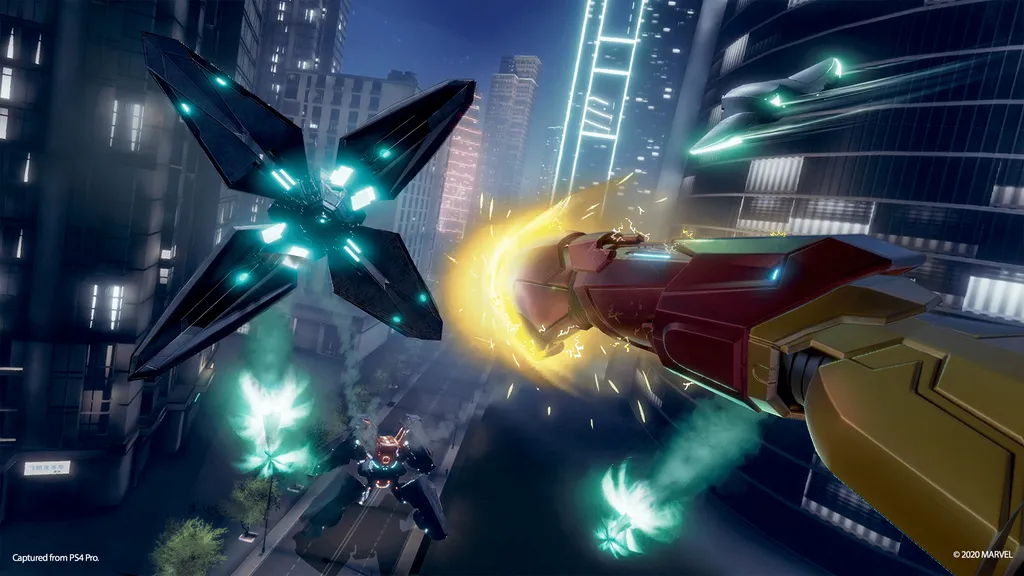One of the biggest criticisms leveled at Marvel’s Iron Man VR in reviews last week was pretty much unanimous across the board; the load times are far too long.
We think Tony Stark’s VR debut is otherwise fantastic, but it’s true that the long waits between — and sometimes even during — levels mar the experience. In a spoilercast interview we’ll be publishing later this week game director Ryan Payton spoke about the possibility of those load times improving in post-launch updates, and the reasoning behind their length.
“I’m not gonna promise an update that’s going to vastly improve the load times because quite frankly I don’t know,” Payton explained. “It’s something that we’ve been working on for a while now.”
He explained that, at the beginning of the project, the team hadn’t made load times one of its biggest priorities. “I mean we all knew that we wanted to have reasonable load times, but it wasn’t like on my top 5 list of things we needed to do as we embraced the platform,” Payton said. “And so what we ended up doing was, as we were developing the game, we didn’t architect the game in a way that was pre-caching and pre-loading throughout missions to decrease the load times.
“That being said, that was a mistake I made and in fact one of the world’s experts in terms of VR game development, I won’t say who it is but he told me one day that load times in VR are exponentially more frustrating because you have the headset and there’s not much to do. So that’s a big reason we added elements of interactivity, like the tips on the right side you can click through them and read more lore.”
Continuing on, Payton got a little more technical about the nature of the game’s loading, and why it ended up being so long. He noted that, as the game neared release, he compiled a list of around 15 items he wanted to improve, including load times. “But the thing that winded up happening was, as we were getting closer to release, there are very strict guidelines when it comes to VR comfort and not just from PlayStation but from ourselves internally and, some people thought it was a Unity issue but it’s nothing to do with that, it’s my fault. It’s that, when you were loading in Unity and if you use that main thread, that main CPU to load, it actually can cause hitching.”
Hitching refers to framerate stutters which, yes, can be very uncomfortable in VR. “And so in the load times there was hitching and you can see a hall of mirrors, which is an absolute sin in VR,” Payton added. “So once we put the loading onto the back threads, the load times ballooned quite significantly, and then as we went up to release, the engineers just piled onto that problem and beat it down as best they could before release. There was some additional load times fixes that we had in place that we did not put into the game as they actually resulted in some crashes later in the game. We’re still looking at that and trying to improve.”
Payton concluded that Camouflaj was still “actively looking” at load times, but again wouldn’t commit to big improvements. “We chose to focus on the content of the game, which we’re really proud of, and we just hope that players can forgive those load times because I think there’s a lot of great content in the game,” he said.


























